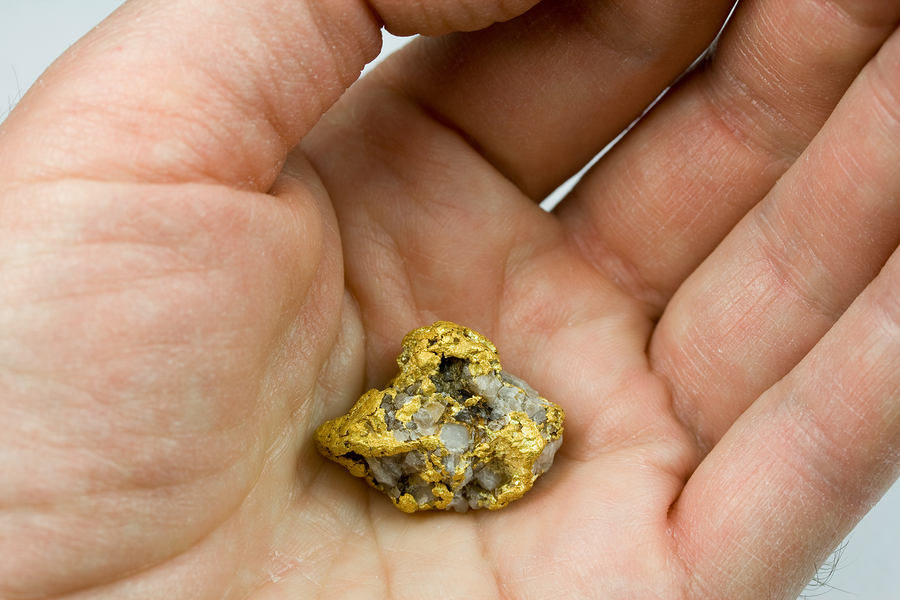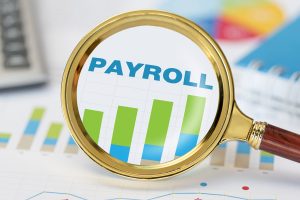
The Australian gold rush of the 1800s was taken over by big mining companies. However, there is a whole community of people who still hunt for gold because there still is a whole lot of gold in Australia. Over the years people have stumbled upon significant gold finds in Western Australia. Some of these finds make the newspaper headlines because of how big they are or the circumstances under which they are made. Most discoveries go unnoticed and only a few people get to know of a new patch of land that “might” still have some gold that one can stumble across. People prefer to be secretive about their finds because announcing to the world that you have found a gold nugget or two on a specific area can trigger a rush and lessen your chances to find more. Gold nugget hunters take what they do seriously. They may go out on a weekly basis to look for gold with their metal detectors or go panning in creeks for gold. Those who get lucky will look for dealers they can sell gold nuggets Melbourne to but never make the exact location of their find known.
A lone prospector found a 50-pound gold nugget in Kalgoorlie using a metal detector. Kalgoorlie is home to about 30,000 people but it is estimated to have surrendered $95 billion worth of gold since 1893. There is some mining activity in the area, but most of the red dirt and Mulga bushland has been searched over the years. Gold is such an integral part of the town that there is a whole entire tourism industry around it. There are tour operators who take people out into the outback with metal detectors to hunt for gold. They make it easy to hunt for gold by fixing you up with a Miner’s Right Permit, appropriate gear and of course they take you to spots that are likely to contain some gold.
You can go at it on your own of course. You will still need the permit and it costs about $25 and a metal detector. Choose something that is idiot proof like the Minelab SDC 2300. This metal detector is capable of finding the tiniest speck of gold in areas you wouldn’t expect to stumble upon a nugget. There are shops in Kalgoorlie that rents these out for about $75 a day.
So how do you know where to look? Find out about the old mining trails there are maps of towns that grew out of the gold rush. You may think that all the gold that could have been out of those areas already has been but the geology of the area is constantly changing. What may have been embedded deep in the ground may have been churned out to the surface somehow and that is why fossickers or nugget hunters keep coming to these areas.
Talk to the locals. They are the people who know where the gold is or they know someone who has found a good patch to seek. However, as you swing your metal detector beware of mine shafts. They are everywhere. They are dangerous and will mess with your metal detector. Be careful not to stray into someone’s leased area. Gold hunters are fiercely territorial and no one wants to find a stranger in a spot he has leased. There are public access areas that you can sweep, but it’s really better to stick to the area you have leased yourself.
When you find a nugget you should get it assayed as soon as possible. When you sell gold nuggets Melbourne purity is important. Good sized nuggets should fetch between 80 and 90 percent of the gold price. If you happen to find a nugget that is bigger than a third of an ounce, then you can expect to sell it for about 90{9aec2f3753136e72632b4743edb3bd445b461a73e7aee1730978bb7c413976bd} of the gold price plus a premium of more than 30{9aec2f3753136e72632b4743edb3bd445b461a73e7aee1730978bb7c413976bd}. If you’ve managed to score a bigger sized nugget, shop around for some advice and get the best price possible. Fossicking or hunting for gold nuggets can become addictive. Considering how rare nuggets are, some people don’t like the idea of selling their nuggets so they can be melted.

